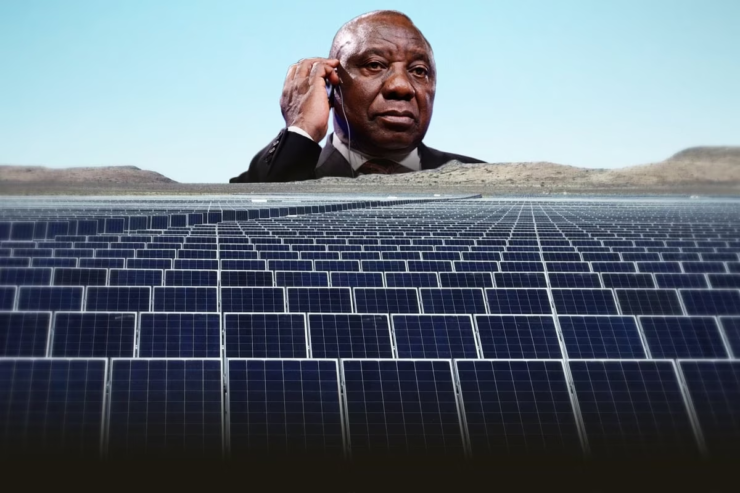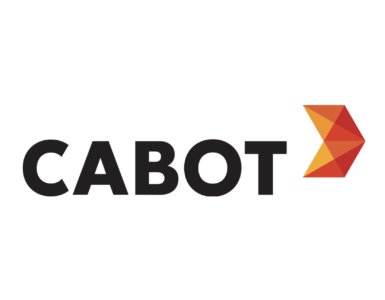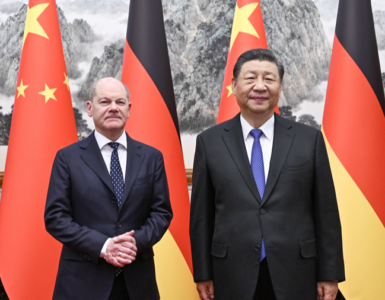‘Hydrogen Valley’ in South Africa could be a $9 billion light in the growing dark.
The “Hydrogen Valley” project is a beacon of light in the transition to a low-carbon economy, says Jackwell Feris, a commercial expert from Cliffe Dekker Hofmeyr (CDH).
Through the Just Energy Transition Investment Plan, R1.5 trillion will be invested in the South African economy over the next five years in new frontiers such as renewable energy, green hydrogen and electric vehicles.
The “hydrogen valley” is a planned integrated hydrogen ecosystem stretching from Mokopane – where platinum group metals are mined – to Johannesburg, ending in Durban. It was first proposed in 2020, with various feasibility studies conducted in 2021.
🔥 What about we co-host a webinar? Let's educate, captivate, and convert the hydrogen economy!
Hydrogen Central is the global go-to online magazine for the hydrogen economy, we can help you host impactful webinars that become a global reference on your topic and are an evergreen source of leads. Click here to request more details
The valley will ultimately stretch approximately 835 kilometres, and present massive employment and investment opportunities, while working with the greater strategy of moving away from dependence on coal.
Jackwell Feris, a commercial expert from Cliffe Dekker Hofmeyr (CDH), said:
With a national state of disaster being declared amid crippling power cuts, the ‘Hydrogen Valley’ project has been hailed as a beacon of light in the darkness in the transition to a low-carbon, sustainable economy.
While this movement may not necessarily provide immediate direct support or alleviate the load shedding crisis, Feris said it will have an indirect impact on the economy over time.
“Any excess renewable energy produced for hydrogen production, if available, could be diverted to deal with energy poverty or the energy crisis in South Africa.”
Green hydrogen is a zero-emissions fuel produced through electrolysis using renewable energy sources, with the potential to decarbonize various sectors, including transportation, industry and power generation.
What makes the hydrogen ‘green’ is that the electrolysis process is powered through renewables such as wind or solar.
At its core, Feris said the Hydrogen Valley project in South Africa has the potential to significantly boost the country’s economy.
A feasibility study conducted independently showed that the project could add anywhere between $4 billion to $9 billion (R70 billion to R160 billion at current prices) to South Africa’s Gross Domestic Product (GDP).
“This increase in GDP would not only provide an immediate boost to the economy but could also create long-term, sustainable economic growth by creating new jobs and opportunities in the clean energy sector,” said Feris.
Research into the sector has shown that South Africa would need to attract investment of around $14 billion to establish the industry, however.
“2022 brought green hydrogen to the lips of many of us, and as we transition into 2023, we know there will be a need to provide more insights on the various legal and regulatory nuances relevant to a rapidly evolving industry.”
Talk about the Hydrogen Valley dates back to 2020. According to the Department of Science and Innovation, the valley forms an important national initiative under the third phase of the Economic Reconstruction and Recovery Plan.
Green hydrogen has been hailed as a possible gold rush for South Africa – even catching the eyes of foreign investors.
According to Precedence Research, the green hydrogen market is expected to grow at a compound annual growth rate of 54% between 2021 and 2030, with a projected value of $89 billion by 2030.
A number of projects are already underway, including the development of a new facility by Sasol at Boegoebaai in the Northern Cape, the Prieska Power Reserve in the Free State, and the Hydrogen Valley initiative in Limpopo, Gauteng and KwaZulu-Natal, said Feris.
READ the latest news shaping the hydrogen market at Hydrogen Central
‘Hydrogen Valley’ in South Africa could be a $9 billion light in the growing dark, February 14, 2023








